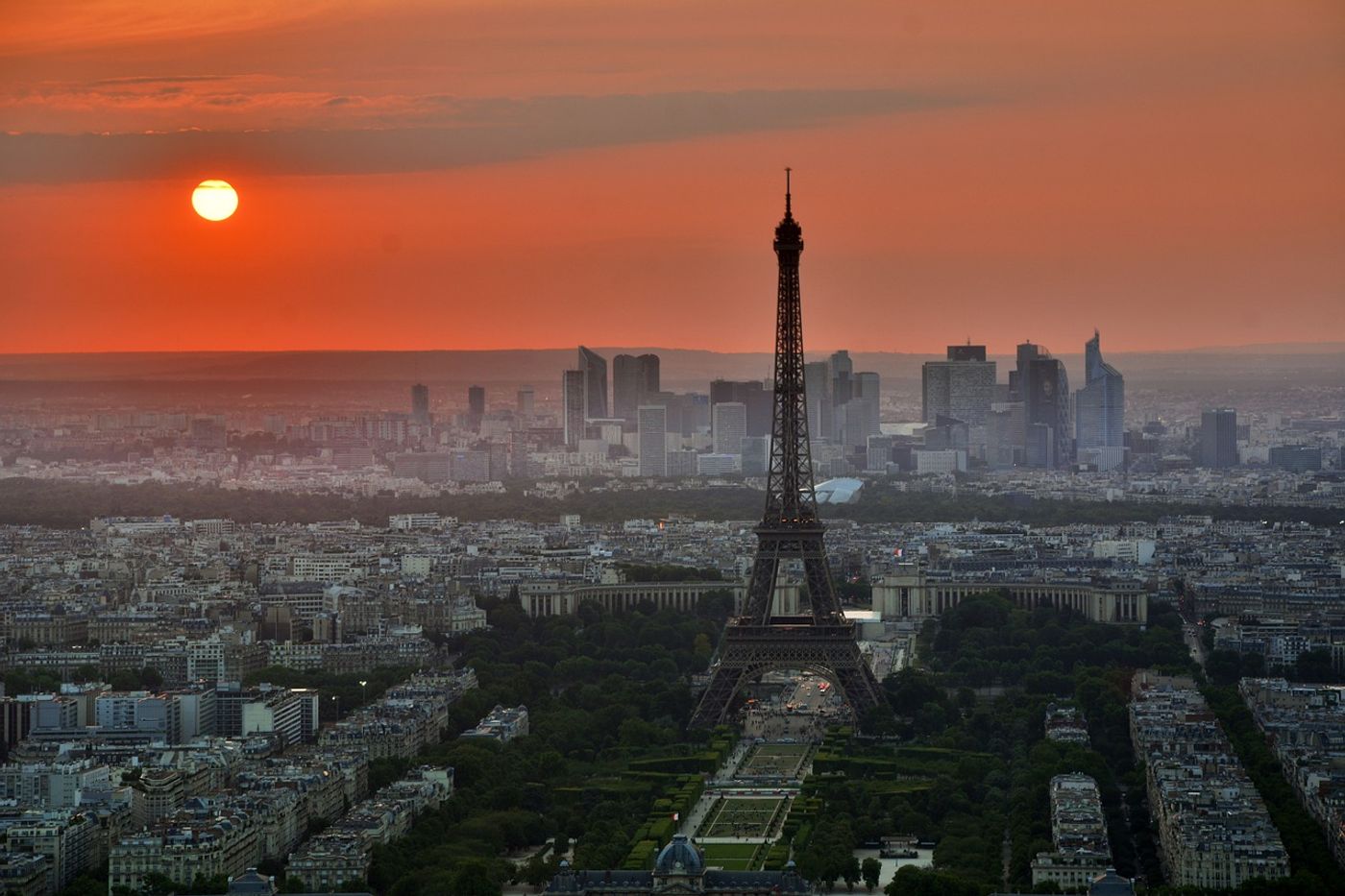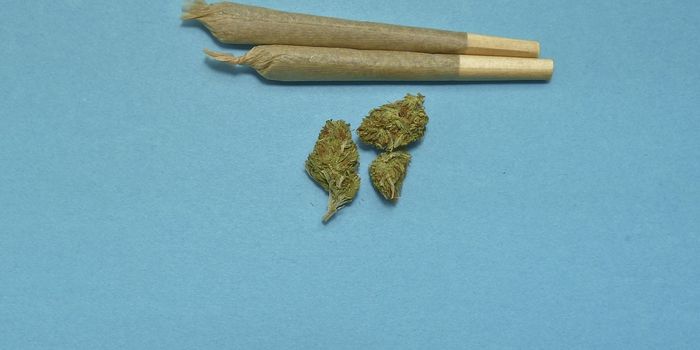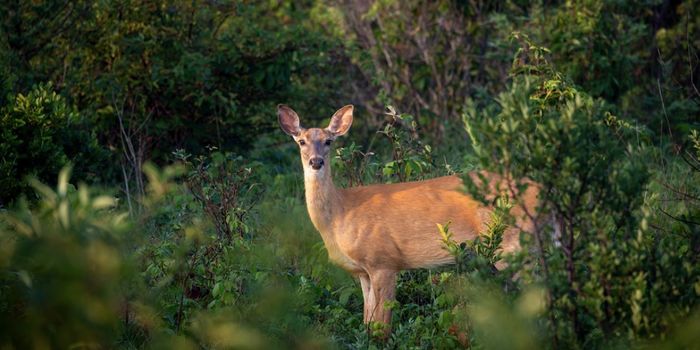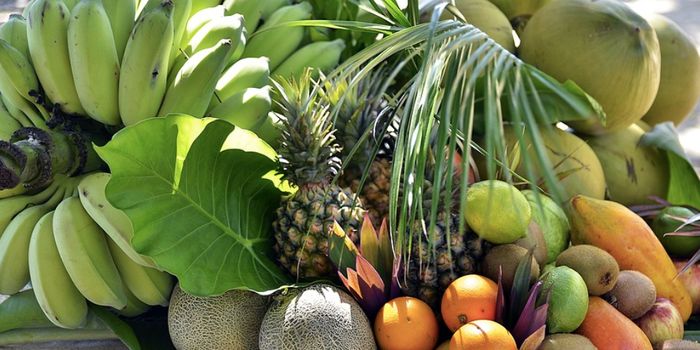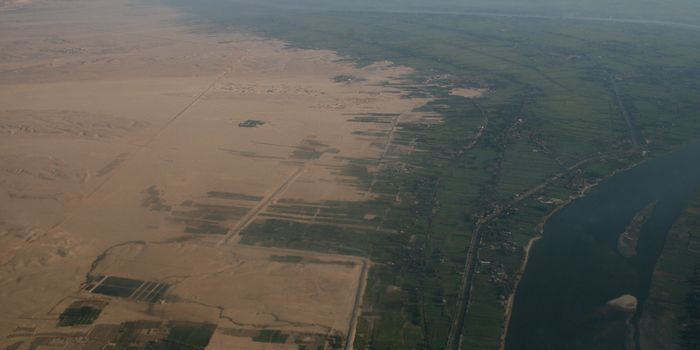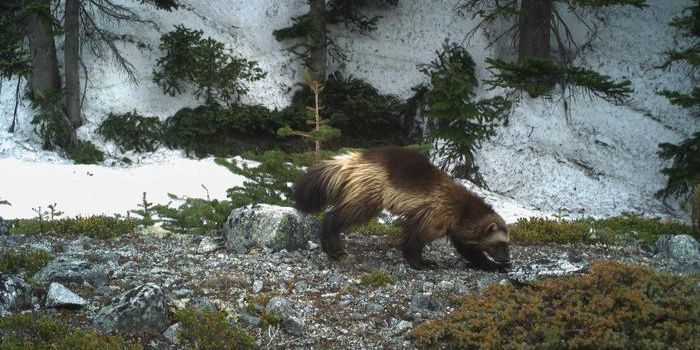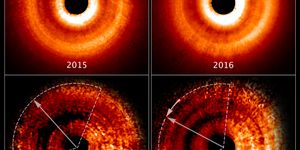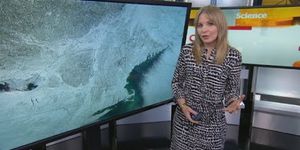Urbanization Appears to be a Driving Force for Animal Evolution
The world around us is changing, and a lot of that has to do with our very own hand. If you were to compare the world now to what it was like just a few centuries ago, you would notice a huge difference in the development of land and the creatures that inhabited it.
That said, we’re changing the world through the course of urbanization, and due to that, the animals around us are having to change too, just to adapt. These findings appear in a paper published in the Proceedings of the National Academy of Science.
Image Credit: Unsplash/Pixabay
In this study, researchers took a close look at more than 1,600 plant and animal species around the world and found that urbanization may be invoking evolution of some sort.
As you can probably deduce from this theory, coping with the city life, rather than living in dense forests and other wild terrains, is quite the change. Survival in these completely different landscapes becomes harder for animals that are built to survive in the wild, so to survive, natural selection causes these species to change for the better.
“We found a clear urban signal of phenotypic change – and greater phenotypic change in urbanizing systems compared to natural and non-urban anthropogenic, or human-created systems,” lead author, Marina Alberti, from the University of Washington said.
“By explicitly linking urban development to heritable traits that affect ecosystem function, we can begin to map the implications of human-induced trait changes for ecological and human well-being.”
In addition to the changing of several types of species over time, the researchers also point out that urbanization also extinguishes some species; namely those that don’t perform well in urbanized landscapes. That said, the decline of a number of species that are designed to thrive in wide-open wilderness may continue, despite even our hardest attempts to keep them around.
Our changes to the world may have a major impact on the delicate ecosystem that makes up the world around us, including knocking an imbalance in the fragile cycles of the wilderness.
The authors conclude with the statement that humans are the single largest driving force of evolution on the planet, even for other animal species:
“Now, however, we have a completely different view. Rapid evolution is occurring all around us all the time. Many of the most extreme examples of rapid evolution are associated with human influences, leading to the oft-repeated assertion that humans are ‘the world’s greatest evolutionary force.'”
Source: University of Washington
-
MAY 07, 2024Is It Anti-RNP or Anti-Sm/RNP?
-
MAY 08, 2024Expand your Multiomic Capabilities with RNAscope™
- See More
-
APR 30, 2024Immuno-Oncology Virtual Event Series 2024
-
MAY 07, 20243rd International Biosecurity Virtual Symposium
-
MAY 23, 2024For the Love of Digital PCR 2024
- See More
